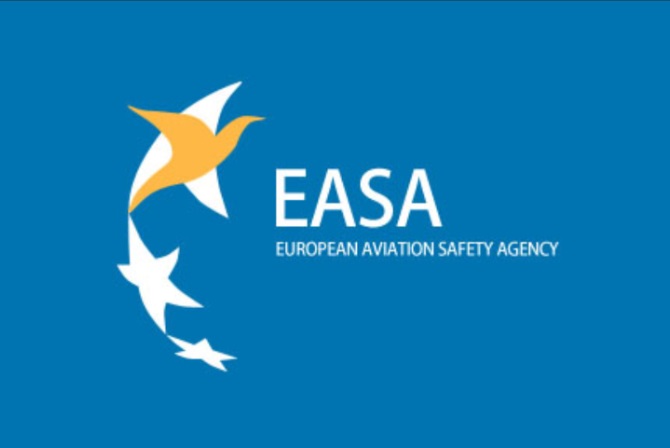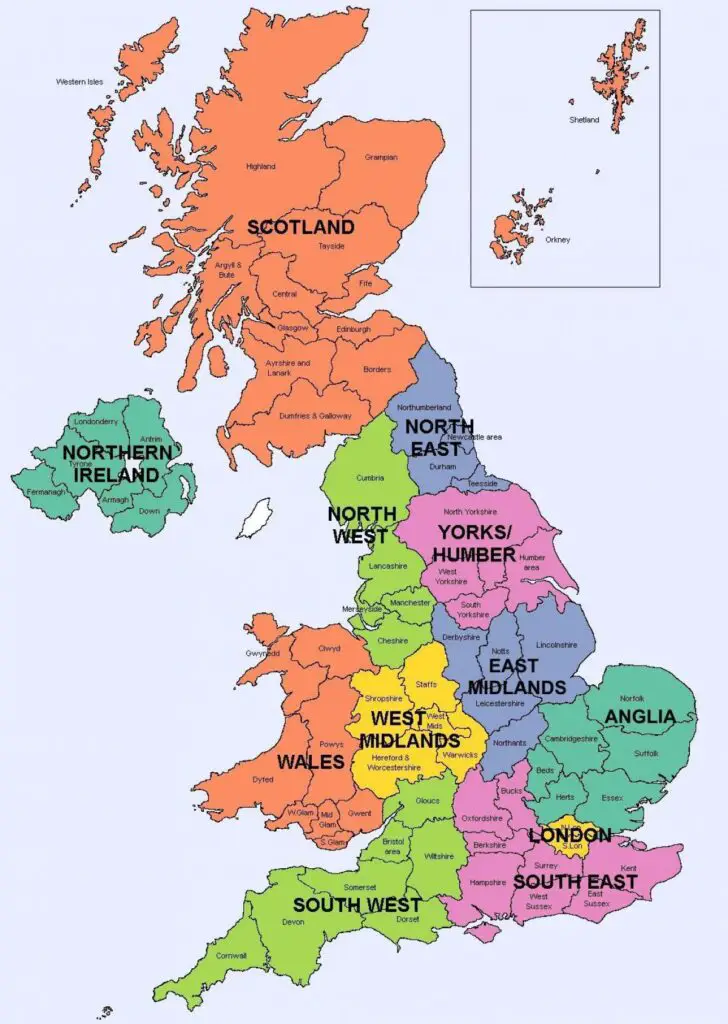I often get questions about rules and regulations for drone flying in different parts of the world

In this video, I will explain what you need to know to fly a model of the current DJI prosumer line in Europe. I will address the steps involved for users living in one of the EU countries and for others visiting from the UK, the US, or other parts of the world
I will keep things as simple as possible with real-life examples rather than complex legal terms
Which Countries?
The body responsible for drone regulation within the European Union is EASA (European Aviation Safety Agency). The same rules apply to every EU country, plus Switzerland, Iceland, Norway, and Lichtenstein

Users living in a country under EASA rules must register in the country of their residence and follow the procedures for insurance and permits if needed. They will be able to fly in any other EU country
Users from outside the EU should register in the first European country where they intend to fly and follow the required procedures. No further action is needed when visiting other EU countries

The United Kingdom (England, Scotland, Wales, and Northern Ireland) is no longer under EASA rules, although the UK Aviation Authority regulations are very close to the European ones. When visiting an EU country, users from the UK must register in the first EU country visited like users from other parts of the world
If you live in an EU country and want to fly your drone in the UK, follow this link to the UK Civil Aviation Authority
The EASA website lists all member countries with links to the respective aviation authorities, in most cases with an English version. You will find a link to this page in the description of this video.
Where can you fly
Before taking off you must check if flying is allowed in the area. The EASA page mentioned above contains links to the official maps for most EU countries. Make sure to consult them before each flight. Another possibility is to use DJI FlySafe maps
Restricted areas are generally in red. Flying is not allowed, although in some cases it is possible to apply for authorization. Restricted zones include areas around airports, prisons, military facilities, national parks, and some urban areas. In many cases, the aircraft will detect restricted areas and will not take off
Warning areas are in Orange or yellow. Here the maximum flight height can be limited, or there could be restrictions in part of the year, maybe for the protection of wildlife, or on specific days for various events. The rules applying to the area are generally specified on the maps
Several European countries have integrated their official maps into DJI Geo System so that they are constantly updated
Other Regulations
The maximum flight height is 120 meters (about 400 feet) for all classes and subcategories to avoid interfering with the areas reserved for helicopters and manned aircraft
The height should be computed from the ground below the aircraft, while the height shown on the screen relates to the home point. Extra care is needed when flying in hilly terrain or close to a cliff
The aircraft must always be kept under Visual Line of Sight. The horizontal maximal distance from the operator should be around 250 meters but it varies according to the size of the drone
The view should not be obstructed by trees, buildings, or mountains so that the operator can see possible hazards
When flying at night the drone must have flashing lights for recognition and a constant light to keep track of its position
FPV flight with goggles is only allowed with another person close by acting as a spotter to detect obstacles
When flying indoors the only rule is to avoid flying over uninvolved people
Classes and categories
The different drone models are organized into categories, subcategories, and classes
Classes
The classes are organized according to the weight. There are six classes, going from C0 to C6, but prosumer recreational drones fall into the first three
The CO class is for models below the threshold of 250 grams. This is by far the most popular segment of the market due to more relaxed regulations, portability, and affordability
Lightweight DJI models currently include:
The links above are affiliate, I receive a small commission in case of purchase
To benefit from the relaxed regulations the weight must be maintained below the threshold of 250 grams. Some care is needed when adding optional parts like ND filter, propeller guard, or special batteries that might bring the weight above the threshold
The C1 class is between 240 and 900 grams. The models included are:
- Air 3
- Air 3s
The C2 class is between 900 grams and 4kg. The only DJI prosumer model above 900 grams is the Mavic 3 Pro, due to the weight of the three lenses
Categories and Subcategories
Categories and subcategories specify where a drone can fly and what licenses are needed. We are only concerned with the Open category, the one including all DJI prosumer model
The Open category is divided into three Subcategories:
- A1 – Can fly in any non-restricted environment, including urban areas. No minimal distance from buildings is required. Flying over non-informed people is allowed, unless in case of assembly of people, like the audience of concerts and sports events, weddings, and so on
- A2 – Can fly in urban areas, even close to buildings, but with a minimum distance of 30 meters from uninvolved people
- A3 – A minimum distance of 150 meters must be kept from buildings and uninvolved people
DJI prosumer drones in the C0 and C1 classes fall into the A1 category
All models below 900 grams can fly in the same scenarios, although the rules concerning the licenses needed are different, as we will see later on
The only model in the subcategory A2 is the Mavic 3 Pro
All drones sold from January 1 2024 show the class marking. Drones sold before this date without a class mark are considered Legacy models and operate under the subcategory A3 regardless of their weight.
Operator and Drone Registration
If a drone has a camera and is not considered a toy, its owner must register with the aviation authority of the country of its residence. This is the case for all models of the DJI Prosumer line
Visitors from outside the EU must follow the same registration process with the aviation authority of the first EU country where they intend to fly
Only one registration is needed for owners of more than one drone. The registration procedure varies in different EU countries and might involve a small annual fee
A drone operator registration number is supplied. This number must be displayed with a sticker on each drone owned and uploaded to the drone’s remote ID system
Competence
Models below 250 grams do not require any online training or exams. The only requirement is reading the user’s manual
For models of the subcategory A1, like the DJI Air 3, Mavic 3, and Mavic 3 Classic, the certificate of competence A1-A3 is required
The steps needed are not the same in the different EU countries, they are listed in the EASA link to the individual national authorities. In most cases, they consist of basic online training with a test with questions based on common sense
A certificate is then issued, I suggest printing it and carrying it in your bag
For models of subcategory A2, a more demanding exam is required to obtain the “remote pilot certificate of competency for A2 open subcategory”
Several steps are involved:
- A proof of completion of online training for the A1-A3 subcategory
- Conducting and declaring practical self-training
- Passing an additional theoretical exam
The only DJI prosumer drone involved is the Mavic 3 Pro. If you are visiting from a non-EU country and plan to fly for recreational purposes, you may consider bringing a lighter model
Insurance
If your drone is below 20 kg, there is no specific requirement for insurance in EASA drone rules
However, most EASA Member States mandate third-party liability insurance for lighter models
So, once again consult the individual national authorities’ websites
If your drone is already insured in your country, chances are that it will be covered when used abroad, but this must be checked case-by-case
